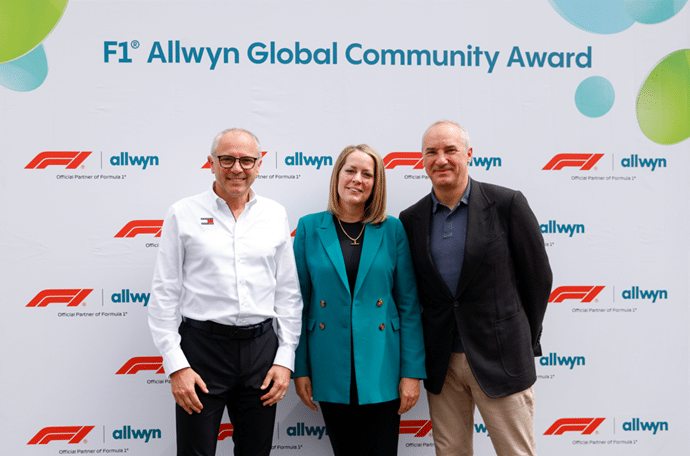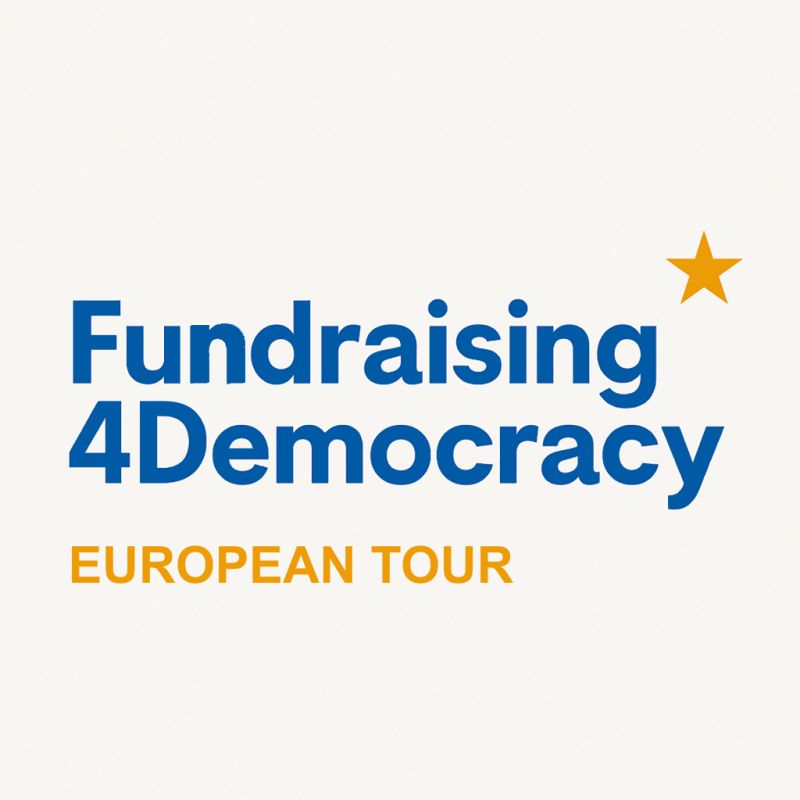UNICEF Argentina: uniting for a common cause

UNICEF Argentina’s resource mobilisation manager Martin Gimenez-Rebora explains how a singular ambition brought together fundraising and advocacy.
The need to drive political and social change is central to many charity objectives. To do this, they need to raise funds. While advocacy teams look to drive policy and social change, fundraisers look to inspire the public to donate, and both seek to maintain a good working relationship with the government. Marrying the two aims can be a challenge.
In places such as Argentina, where the political climate can be volatile, the messaging must be powerful but carefully constructed. “There are always political sensitivities that you have to be mindful of when you are fundraising,” says Martin Gimenez-Rebora, resource mobilisation manager at UNICEF Argentina. “This is not necessarily the same for other teams, which are trying to influence societal change.”
This tension can lead to silos developing within organisations whereby programmes, advocacy and fundraising teams are all pulling in different directions.
Although the aim may be the same, the messaging and approaches adopted can be worlds apart. “In our case, it was proving hard to align all the teams behind our fundraising campaigns,” continues Gimenez-Rebora. “But fundraising events, for example, seem to be more appealing when involving the advocacy, programmes or communications teams.”

“Sometimes the advocacy teams would present a campaign in the main meeting room, and everybody would applaud the great intentions but then few people see it. It was only the kernel of an idea of a campaign. Where are the audiences? How can you reach those audiences? Where is the budget coming from?”
“As fundraisers, our challenge is different. We need to find a message that not only communicates what we do but is also good enough in terms of emotion, impact and imagery to inspire donors to give and get the right return on investment. Four out of five ideas around advocacy we could not use because they would not encourage people to give, or we would not be able to show because of political sensitivities.”
Unite behind a single purpose
Gimenez-Rebora knew that to fulfil the charity’s mission of helping children facing poverty, violence, and lack of education, all the teams in the organisation needed to unite behind a single purpose.
As part of the new UNICEF Argentina Cooperation Programme Document – the equivalent to a strategic plan – the organisation decided to find a new communications “ambition” that could fit all the different remits from programmes and advocacy to fundraising.
With the help of Revolutionise, the organisation came up with a direct call to action that encompassed the different internal aims: “In Argentina children are in danger because they live in poverty, suffer violence, and do not get a proper education… Let’s be the generation that takes them out of this situation.”
This was a central theme that all the teams could unite behind.
Campaigning together

The first campaign under this new concept was run by the communications team as it had multiple aims: to support advocacy, raise awareness, and fundraise.
“This was really tough at the beginning,” adds Gimenez-Rebora, “because it was the first integrated campaign we had worked together on in many years. But in the end, we did something that was really powerful.”
The concept of the campaign was to invite the public to become “Whistleblowers for Children who Live in Danger”. They could help them by shining a spotlight on their plight and donating.
At a campaign launch event to 300 or so key UNICEF shareholders, everyone received a campaign whistle, a decalogue with 10 things people can do to protect children in danger, as well as a list of celebrities supporting the campaign through their social media, including football World Cup winner Angel di Maria. Other fundraising activations were posted via UNICEF’s social media, and there were four pro bono spots on broadcast television, each representing one problem facing beneficiaries: hunger, lack of quality education, violence, and the demands on child carers.
Around this, a wider fundraising strategy was developed, testing what worked and adapting that to maximum effect. The campaigns around hunger, for example, worked better than those focusing on violence. Face-to-face activity and in-person events were ramped up the “Whistleblowers for Children” concept being central and forming the key messaging for UNICEF’s annual telethon.
“Children live in danger” became a motto for the campaigns and it was repeatedly used during media interviews and other promotional messaging, capturing the imagination of the public and journalists.

Indicators of success and key learnings
The “Whistleblowers for Children” campaign engaged 11 million social media accounts and reached 105 mentions in the press and broadcast media, explains Gimenez-Rebora.
“We had 164 donors engaging on Meta following the hunger TV campaign and 171 over two-weeks of face-to-face activation. Regarding the telethon, it is difficult to determine which message drives the donation, but that year we had 23,000 people who donated for the first time or upgraded.”
The campaign helped UNICEF Argentina hit 160% growth in pesos (due to inflation) and raise $16m in 2023.
Although these were significant gains, adds Gimenez-Rebora, the main benefit was breaking down the internal silos.
“All the different areas in the office were engaged from the very beginning and the campaign was perceived as a common achievement. I personally think that this type of initiative, and the many learnings we got from it, will definitely help us improve the impact of our future integrated campaigns.”
Key learnings
- There’s always a story to tell – even if the problem you are trying to solve is complex, at its heart there is a simple human story to tell.
- Be smart – always look to recycle campaign material and repackage advocacy initiatives for fundraising.
- Target unrestricted funding – a lot of funding is ring-fenced so look to grow funding pots that can be used across the organisation.
- Be bold – you must make an impact with your campaigns to inspire your donors.
- Knowledge, empathy, and trust – take time to imagine what it is like for other colleagues in your organisation. Try to walk in their shoes now and then.
- Find your allies – perhaps someone on your board or in your senior management team is supportive of fundraising. Seek them out, they can help you negotiate from a position of strength with other teams.


